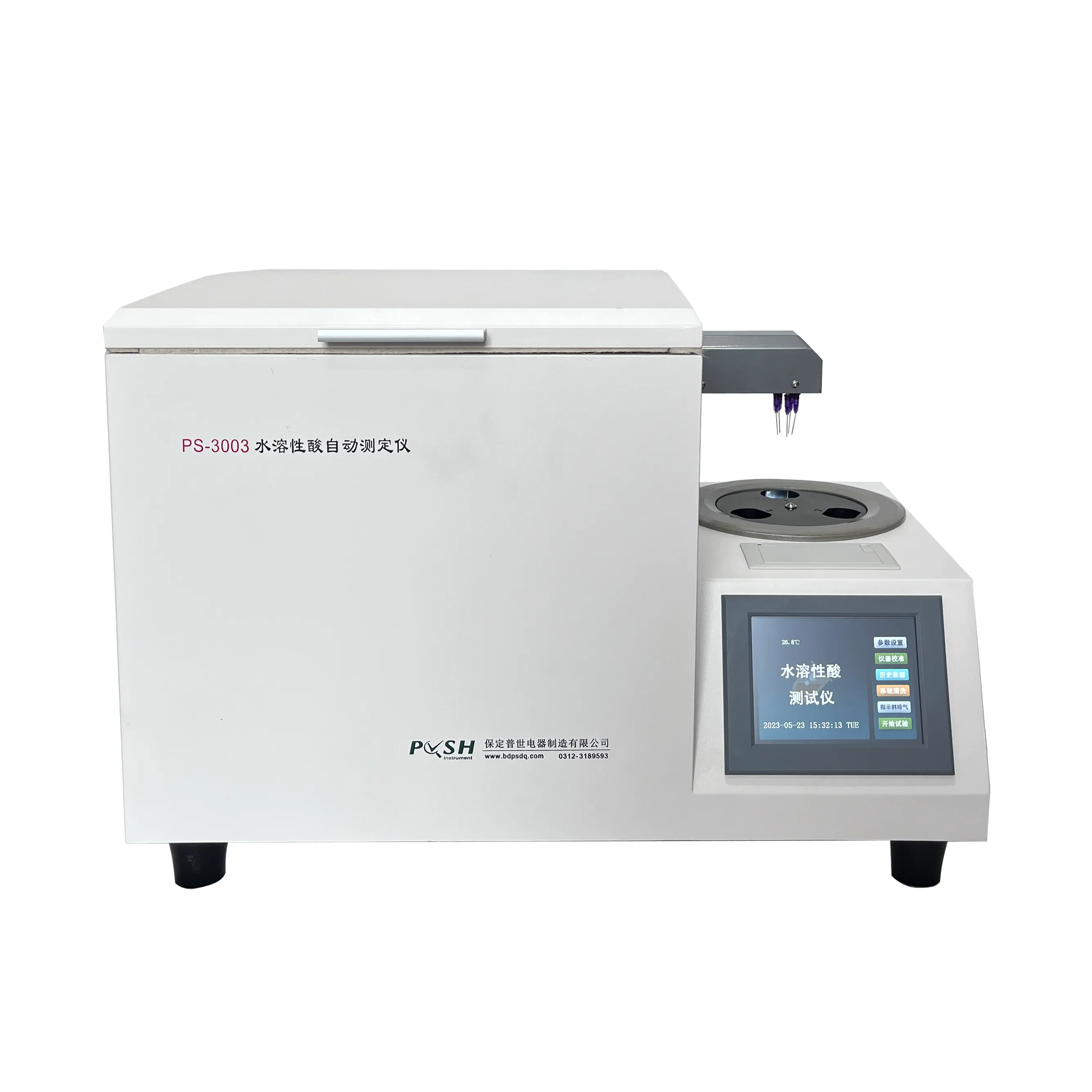TEL:
+86-0312-3189593
 English
English

Telephone:0312-3189593

Email:sales@oil-tester.com

-
 Afrikaans
Afrikaans -
 Albanian
Albanian -
 Amharic
Amharic -
 Arabic
Arabic -
 Armenian
Armenian -
 Azerbaijani
Azerbaijani -
 Basque
Basque -
 Belarusian
Belarusian -
 Bengali
Bengali -
 Bosnian
Bosnian -
 Bulgarian
Bulgarian -
 Catalan
Catalan -
 Cebuano
Cebuano -
 China
China -
 China (Taiwan)
China (Taiwan) -
 Corsican
Corsican -
 Croatian
Croatian -
 Czech
Czech -
 Danish
Danish -
 Dutch
Dutch -
 English
English -
 Esperanto
Esperanto -
 Estonian
Estonian -
 Finnish
Finnish -
 French
French -
 Frisian
Frisian -
 Galician
Galician -
 Georgian
Georgian -
 German
German -
 Greek
Greek -
 Gujarati
Gujarati -
 Haitian Creole
Haitian Creole -
 hausa
hausa -
 hawaiian
hawaiian -
 Hebrew
Hebrew -
 Hindi
Hindi -
 Miao
Miao -
 Hungarian
Hungarian -
 Icelandic
Icelandic -
 igbo
igbo -
 Indonesian
Indonesian -
 irish
irish -
 Italian
Italian -
 Japanese
Japanese -
 Javanese
Javanese -
 Kannada
Kannada -
 kazakh
kazakh -
 Khmer
Khmer -
 Rwandese
Rwandese -
 Korean
Korean -
 Kurdish
Kurdish -
 Kyrgyz
Kyrgyz -
 Lao
Lao -
 Latin
Latin -
 Latvian
Latvian -
 Lithuanian
Lithuanian -
 Luxembourgish
Luxembourgish -
 Macedonian
Macedonian -
 Malgashi
Malgashi -
 Malay
Malay -
 Malayalam
Malayalam -
 Maltese
Maltese -
 Maori
Maori -
 Marathi
Marathi -
 Mongolian
Mongolian -
 Myanmar
Myanmar -
 Nepali
Nepali -
 Norwegian
Norwegian -
 Norwegian
Norwegian -
 Occitan
Occitan -
 Pashto
Pashto -
 Persian
Persian -
 Polish
Polish -
 Portuguese
Portuguese -
 Punjabi
Punjabi -
 Romanian
Romanian -
 Russian
Russian -
 Samoan
Samoan -
 Scottish Gaelic
Scottish Gaelic -
 Serbian
Serbian -
 Sesotho
Sesotho -
 Shona
Shona -
 Sindhi
Sindhi -
 Sinhala
Sinhala -
 Slovak
Slovak -
 Slovenian
Slovenian -
 Somali
Somali -
 Spanish
Spanish -
 Sundanese
Sundanese -
 Swahili
Swahili -
 Swedish
Swedish -
 Tagalog
Tagalog -
 Tajik
Tajik -
 Tamil
Tamil -
 Tatar
Tatar -
 Telugu
Telugu -
 Thai
Thai -
 Turkish
Turkish -
 Turkmen
Turkmen -
 Ukrainian
Ukrainian -
 Urdu
Urdu -
 Uighur
Uighur -
 Uzbek
Uzbek -
 Vietnamese
Vietnamese -
 Welsh
Welsh -
 Bantu
Bantu -
 Yiddish
Yiddish -
 Yoruba
Yoruba -
 Zulu
Zulu
Feb . 12, 2025 20:09
Back to list
special test of transformer
Perched at the cutting edge of modern technology, transformers are integral components in the vast landscape of electrical and electronic systems. However, understanding their nuanced performance largely hinges on the applicability of specialized tests. Explore how these tests are implemented and interpreted, blending real-world experience with professional insights, to deliver authoritative guidance backed by trustworthiness.
In practical experience, the execution of these tests unravels the layers of complexity tied to transformer diagnostics. Skilled technicians rely on a confluence of theoretical expertise and on-ground experience to parse through data, illuminating results that resonate across operational spectra. This blend of knowledge and skill ensures that transformers are certified against the highest standards of performance and reliability. Central to optimizing transformer health, these tests not only guide quality checks but also underscore a commitment to safety. Ensuring that transformers operate within specified limits reduces the potential for hazards, bolsters system longevity, and underscores adherence to regulatory requirements, thereby enhancing credibility and assurance. Conducting specialized transformer tests requires the professionalism and authoritative understanding possessed by trained individuals. Expertise in interpreting the results includes an acute comprehension of electrical theory, material science, and environmental factors impacting transformer operation. Trust, in this context, is compounded by adherence to established technical standards, utilizing precise instruments, and implementing universally recognized methodologies. This cycle of trust ensures stakeholders have confidence in the results, fostering decisions based on concrete data rather than conjectures. Whether assessing new transformer installations or servicing long-standing equipment, the clear and decisive application of specialized tests reflects an organizational commitment to operational excellence. Documenting results, sharing insights, and continually refining testing protocols encompass best practices that align with global industry benchmarks. As the digital age progresses, the necessity to engage with and adapt to evolving technical challenges only grows. The special test of transformers stands as a testament to the relentless pursuit of excellence, safety, and innovation. It embodies a tradition of rigor, informed by decades of empirical learning and underscored by the ever-present drive to challenge the boundaries of what transformers can achieve. Through this lens, the journey of a transformer from inception to operation exemplifies the fusion of technological mastery with the ardor to evolve, underlining the profound importance of specialized tests.


In practical experience, the execution of these tests unravels the layers of complexity tied to transformer diagnostics. Skilled technicians rely on a confluence of theoretical expertise and on-ground experience to parse through data, illuminating results that resonate across operational spectra. This blend of knowledge and skill ensures that transformers are certified against the highest standards of performance and reliability. Central to optimizing transformer health, these tests not only guide quality checks but also underscore a commitment to safety. Ensuring that transformers operate within specified limits reduces the potential for hazards, bolsters system longevity, and underscores adherence to regulatory requirements, thereby enhancing credibility and assurance. Conducting specialized transformer tests requires the professionalism and authoritative understanding possessed by trained individuals. Expertise in interpreting the results includes an acute comprehension of electrical theory, material science, and environmental factors impacting transformer operation. Trust, in this context, is compounded by adherence to established technical standards, utilizing precise instruments, and implementing universally recognized methodologies. This cycle of trust ensures stakeholders have confidence in the results, fostering decisions based on concrete data rather than conjectures. Whether assessing new transformer installations or servicing long-standing equipment, the clear and decisive application of specialized tests reflects an organizational commitment to operational excellence. Documenting results, sharing insights, and continually refining testing protocols encompass best practices that align with global industry benchmarks. As the digital age progresses, the necessity to engage with and adapt to evolving technical challenges only grows. The special test of transformers stands as a testament to the relentless pursuit of excellence, safety, and innovation. It embodies a tradition of rigor, informed by decades of empirical learning and underscored by the ever-present drive to challenge the boundaries of what transformers can achieve. Through this lens, the journey of a transformer from inception to operation exemplifies the fusion of technological mastery with the ardor to evolve, underlining the profound importance of specialized tests.
Previous:
Next:
Latest news
-
Testing Equipment Industry Sees Major Advancements in 2025: Smart & Precision Technologies Lead the WayNewsJun.06,2025
-
Applications of Direct Current Generators in Renewable Energy SystemsNewsJun.05,2025
-
Hipot Tester Calibration and Accuracy GuidelinesNewsJun.05,2025
-
Digital Circuit Breaker Analyzer Features and BenefitsNewsJun.05,2025
-
Benefits of Real-Time Power Quality Monitoring Devices for Industrial EfficiencyNewsJun.05,2025
-
Earth Fault Loop Testing in High-Rise Building Electrical SystemsNewsJun.05,2025



